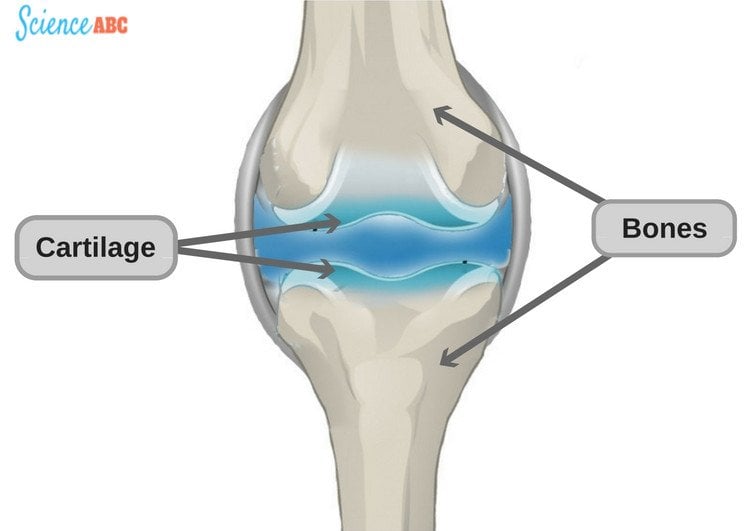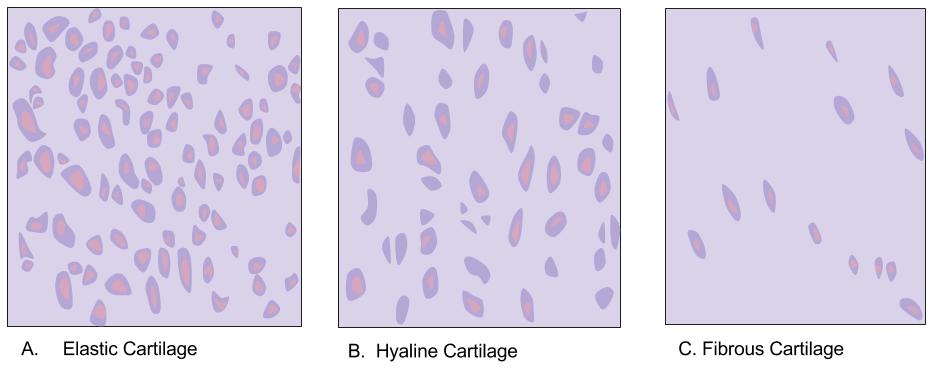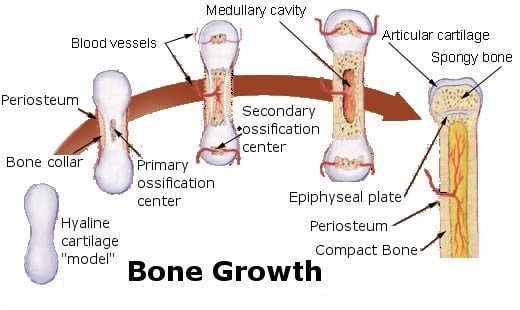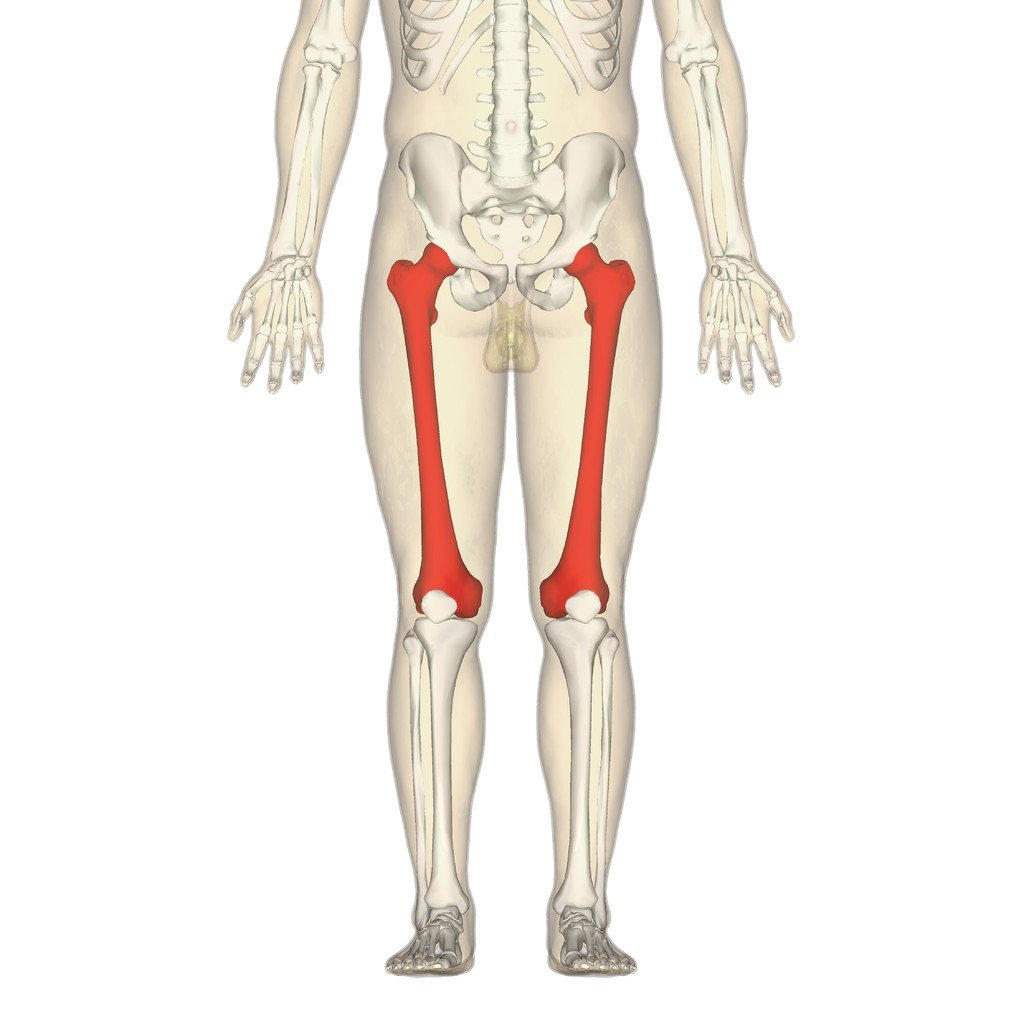How Many Bones Do Babies Have What Are Bones
Why Do Babies Take More Bones Than Adults?
Updated on: 17 Jan 2022 by Ashish
For those of yous who don't know this already, the fact that babies have more basic than adults might come as a big surprise. Your shock is pretty justifiable; if you've ever held a baby in your arms, you lot take probably been amazed at how soft their bodies are. Given that, it seems almost incommunicable that those small limbs, head, and torso could business firm more bones than the body of an developed. Adults as well tend to feel quite 'bony', so this fact is definitely a weird one.
The question is, why do adults tend to take fewer bones than babies? Where do the extra bones get?
Recommended Video for you:
How Many Bones Practice Babies Have?
Now the question is how many more bones practice babies actually have than adults! The answer? Around 90-95 bones more! A baby is born with around 300 basic, whereas a grown adult has 206 bones. There is no argue that babies have a significantly higher number of bones than adults. The reason behind this is attributed to cartilage.
Cartilage

Cartilage is a rubber-like padding that covers and shields the ends of long bones at the joints. Information technology is basically a smooth, elastic tissue that can be readily found in the ears, rib cage, nose and other parts of the torso. Cartilage is neither as stiff equally os nor as flexible as muscle.

There are three different types of Cartilage; Elastic cartilage is institute in the external ear flaps and in parts of the larynx, Hyaline cartilage is found in the nose, ears, trachea, parts of the larynx, and smaller respiratory tubes, and Fibrous cartilage is establish in the spine and the menisci (Photo Credit: Wikipedia.org)
Babies are less bony for a skilful reason; if they were fully "hardened", it would make delivery almost impossible. Infants' bodies need to be extremely soft and limber so that they can be born in the start place!
Ossification, Conversion of Cartilage Into Bone, Is Why Adults Accept Less Bones Than Babe
Babies are born with more cartilage (than bone), but information technology gradually turns into os over a menstruation of fourth dimension through a process chosen endochondral ossification. This is a vital part of the developmental stages of a fetus and leads to the creation of bone tissue in the body. Every bit the baby grows, cartilage is replaced past os matrices. Here, calcium salts (that babies get from their diet) are laid to class hardened bones. This is the reason why adults have fewer basic than babies because, for babies, many pocket-sized bony segments fuse together to form a single os.

Transformation of a cartilage into a bone (Prototype Source: Wikipedia.org)
There are a number of signs on the body that exemplify why at that place is such a departure in the number of bones in babies and adults. Ane good example of this is the 'soft spot' on babies' heads. Yous take probably been told not to press information technology, as it might deform the infant'due south head or crusade internal injuries. However, as the babe grows, that soft spot magically vanishes!
This happens because the different small bone segments fuse together over time to form fewer bones, but they are larger and stronger. Therefore, if a baby's skull (at 1 or two years of age) has 8 tiny bony segments, that number will reduce to 4 when the baby becomes an adult.
A Few Interesting Facts About Bones:
- Hyoid, the V-shaped bone situated at the base of the tongue, is the only bone in the body that is non connected to any other bone.
- Femur (located in the upper thigh) is the longest bone, whereas thestapes (located in the ear) is the smallest os in the human torso.

Femur: the longest bone in the body (Image Source: Wikipedia.org)
- Although basic cease growing in length during puberty, their strength and density change throughout everyone's life.
- The most commonly fractured bones in the human body are those in the artillery, which account for almost one-half of all broken bones.
- The skeleton composes one-fifth of an average human's body mass.
Suggested Reading
-
The Osteology of Infants and Children: 12 (Texas a & M University Anthropology Series)
Assist us make this commodity better
About the Writer
Ashish is a Scientific discipline graduate (Bachelor of Scientific discipline) from Panjabi Academy (Republic of india). He spends a lot of time watching movies, and an awful lot more time discussing them. He likes Harry Potter and the Avengers, and obsesses over how thoroughly Science dictates every aspect of life… in this universe, at least.
.
Science ABC YouTube Videos
-
 How Do Neurons Work?
How Do Neurons Work? -
 How Scientifically Accurate Is The HBO Miniseries Chernobyl?
How Scientifically Accurate Is The HBO Miniseries Chernobyl? -
 Cellular Respiration: How Practice Prison cell Get Energy?
Cellular Respiration: How Practice Prison cell Get Energy? -
 Multiverse Theory Explained: Does the Multiverse Actually Be? Truth of Multiple Realities
Multiverse Theory Explained: Does the Multiverse Actually Be? Truth of Multiple Realities -
 What Exactly is Spacetime? Explained in Ridiculously Simple Words
What Exactly is Spacetime? Explained in Ridiculously Simple Words -
 What Are The Different Diminutive Models? Dalton, Rutherford, Bohr and Heisenberg Models Explained
What Are The Different Diminutive Models? Dalton, Rutherford, Bohr and Heisenberg Models Explained -
 Why Is Blood Fatigued From Veins And Not From Arteries?
Why Is Blood Fatigued From Veins And Not From Arteries? -
 Emotions and the Brain: What is the limbic system?
Emotions and the Brain: What is the limbic system?
Source: https://www.scienceabc.com/humans/why-do-babies-have-more-bones-than-adults.html

0 Response to "How Many Bones Do Babies Have What Are Bones"
Post a Comment